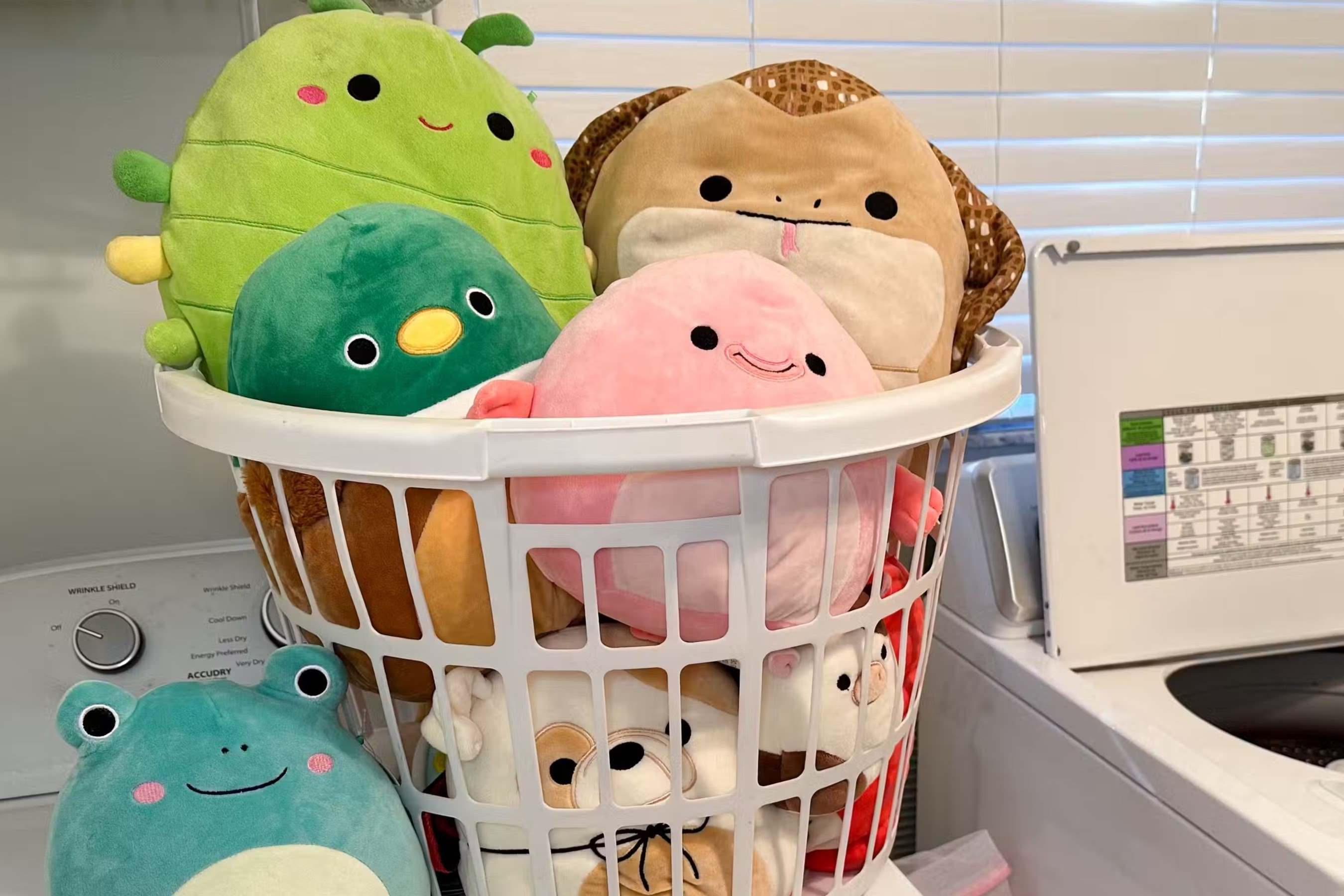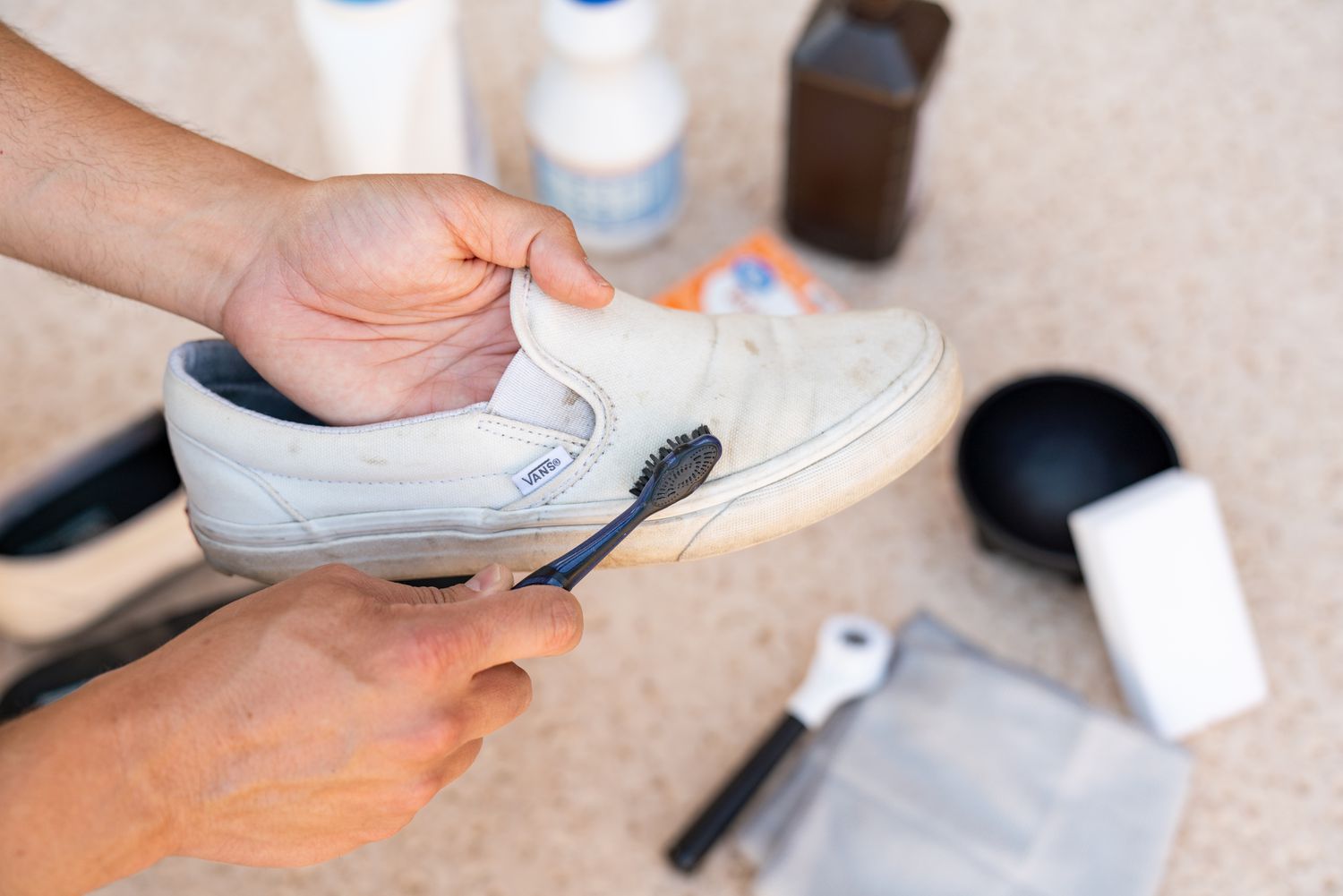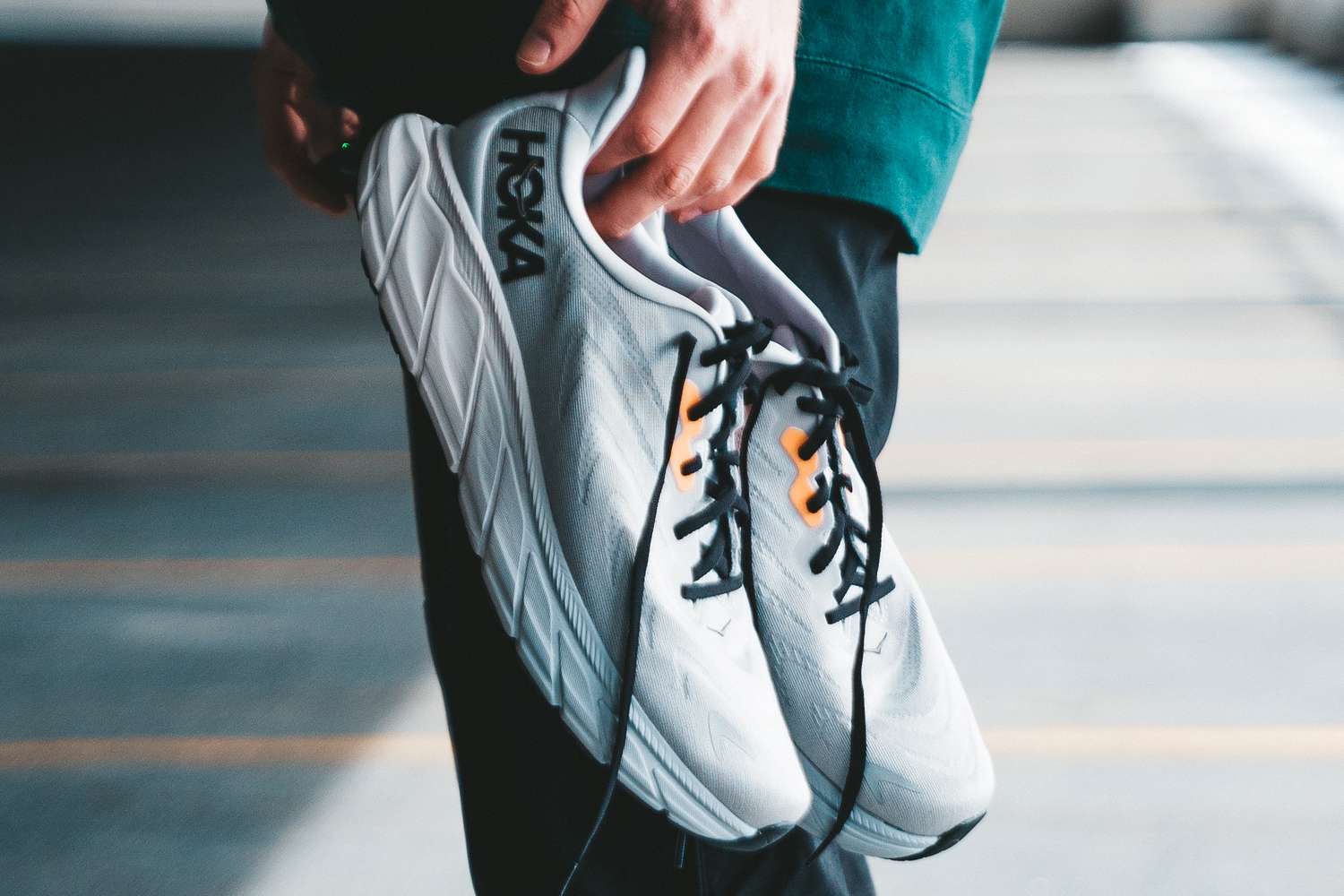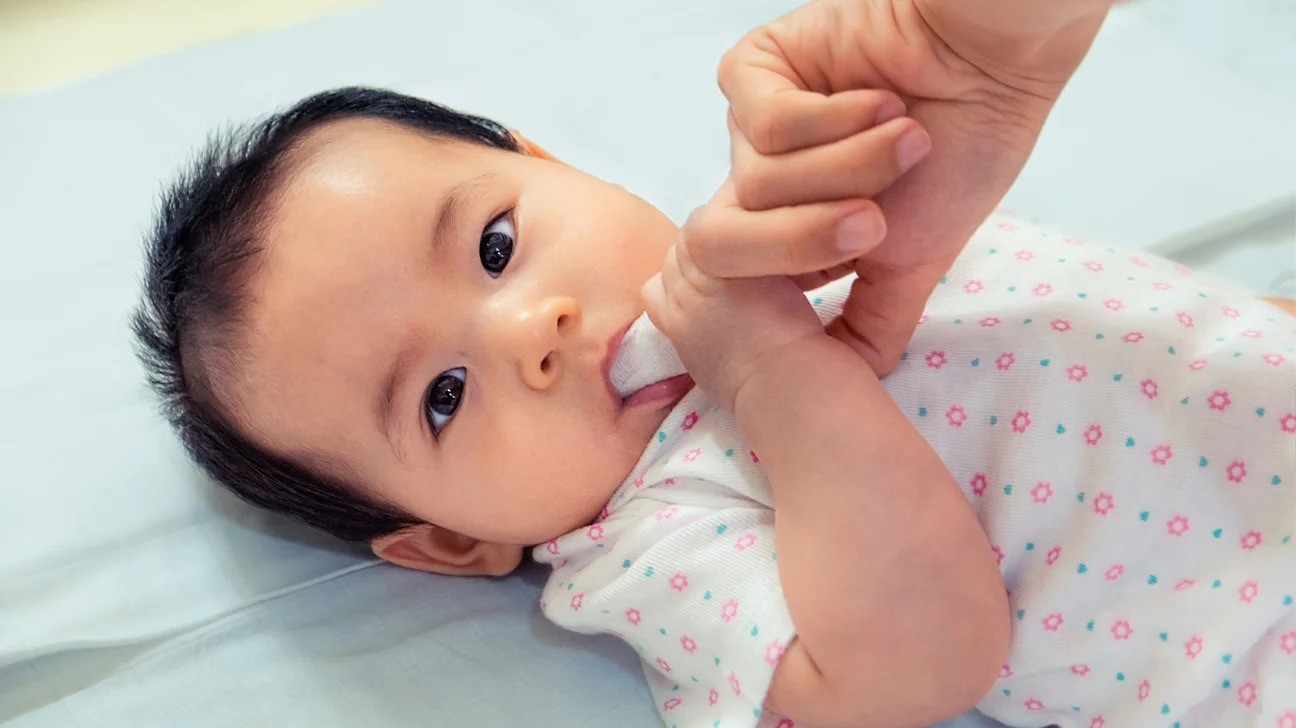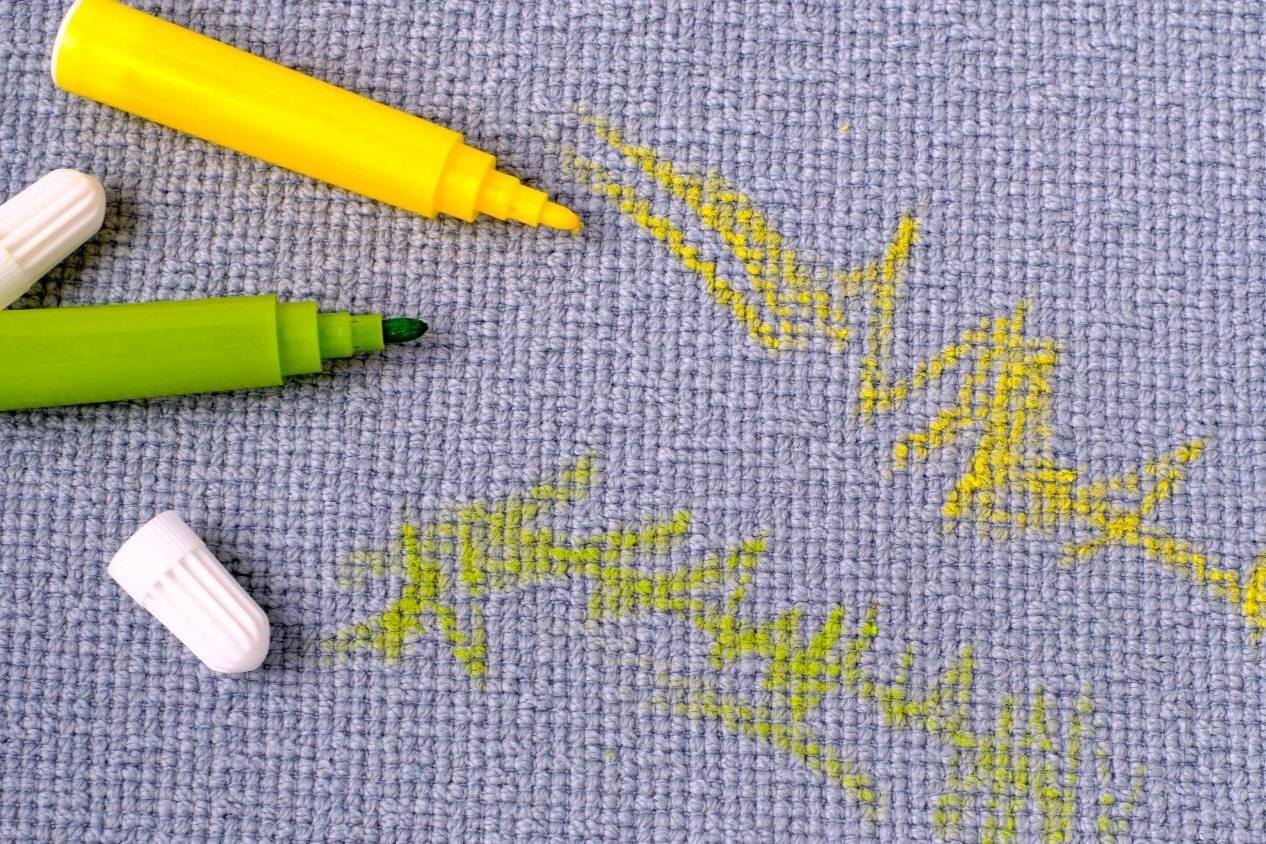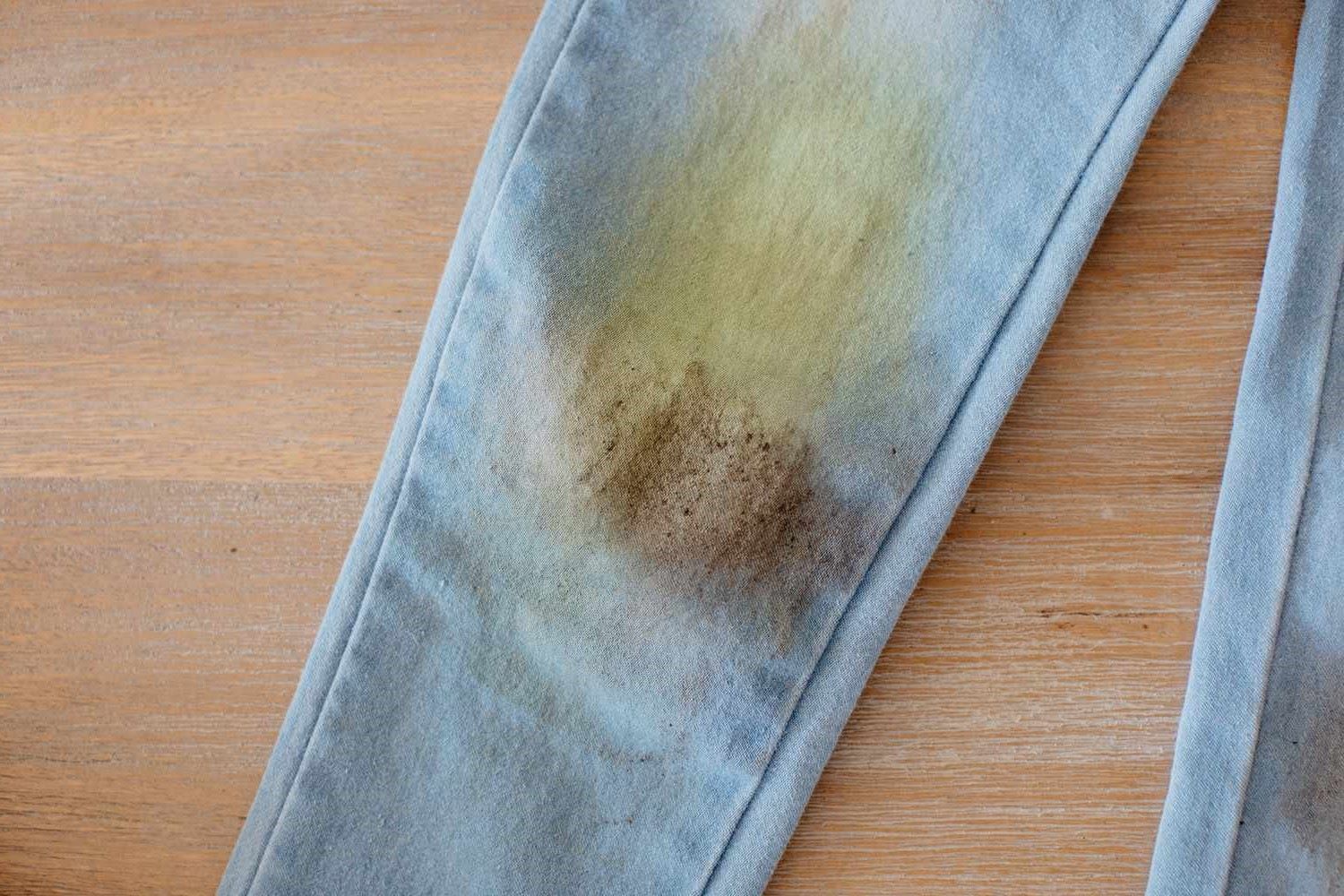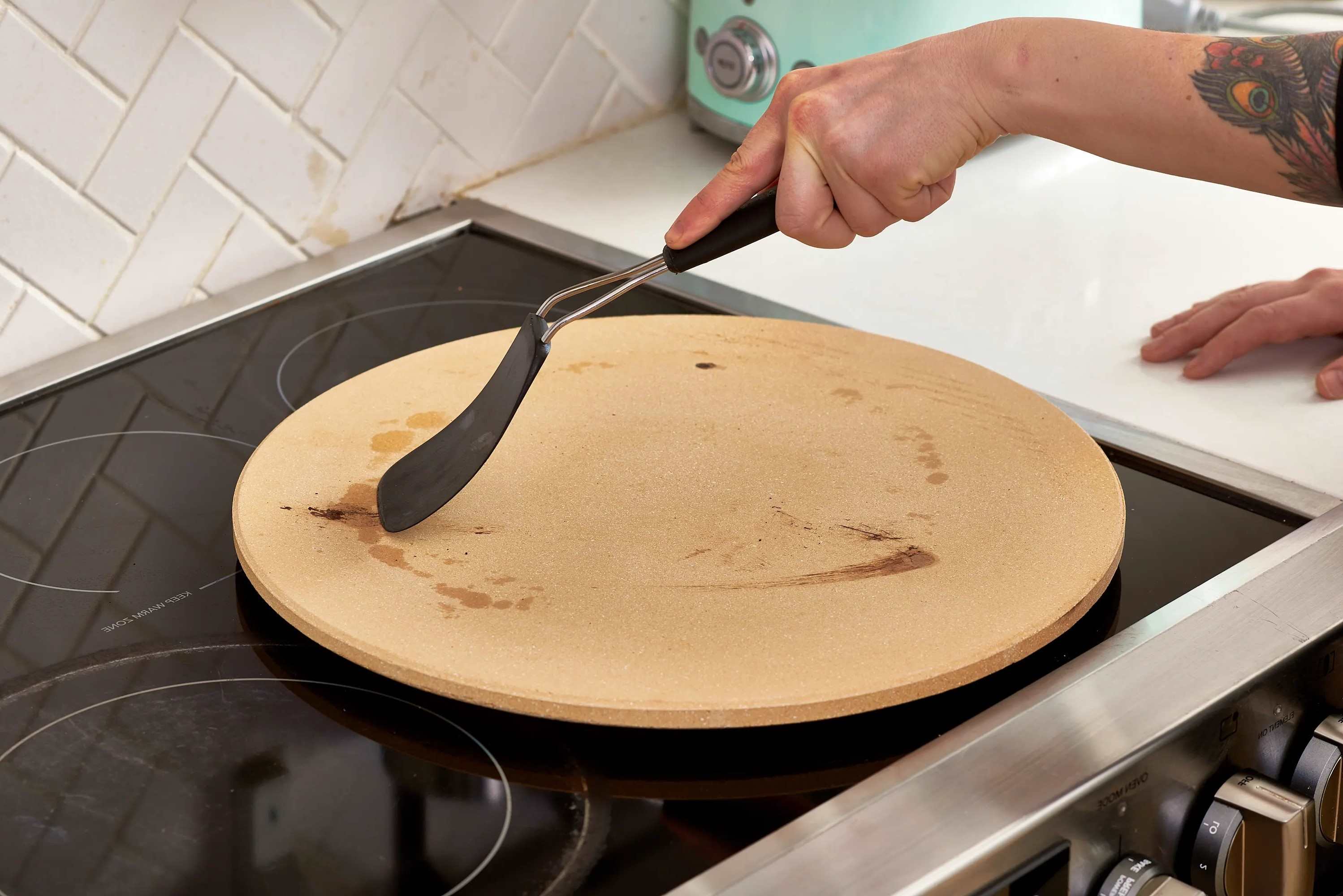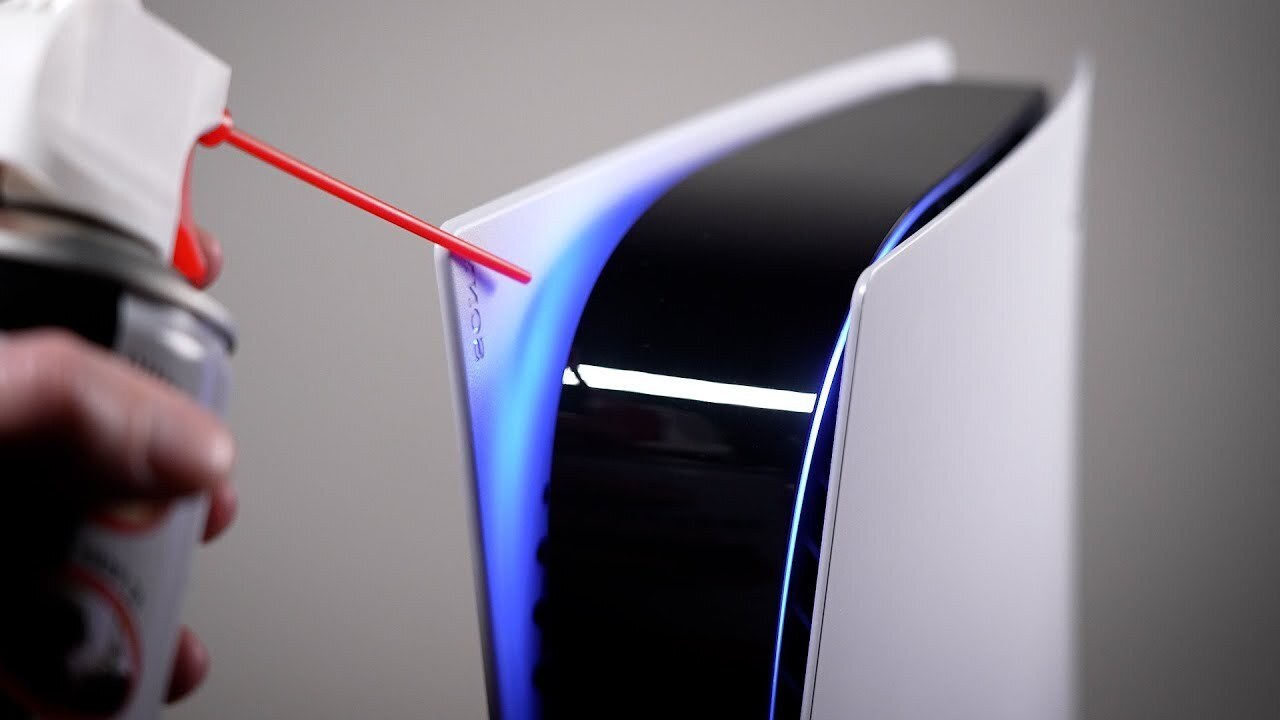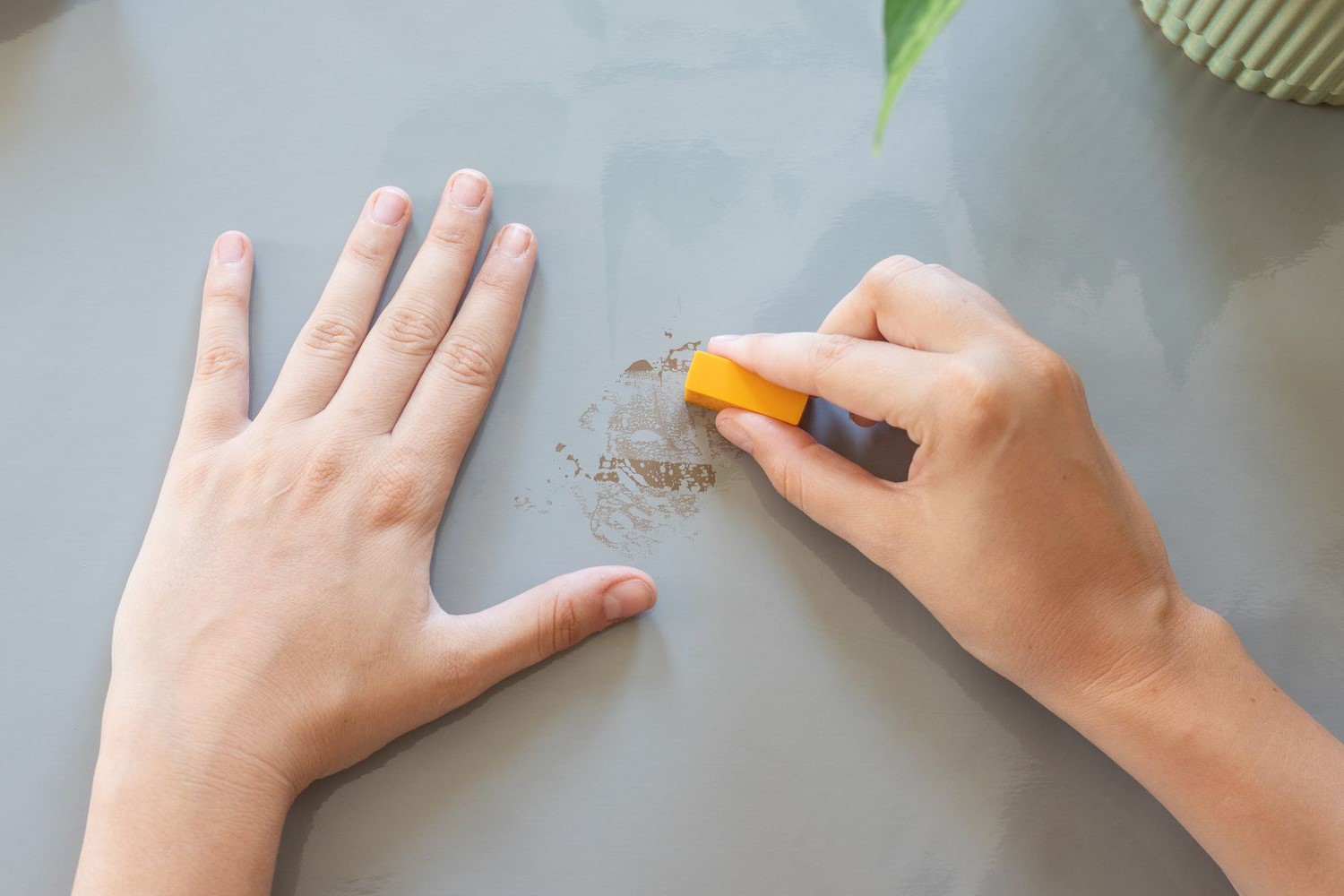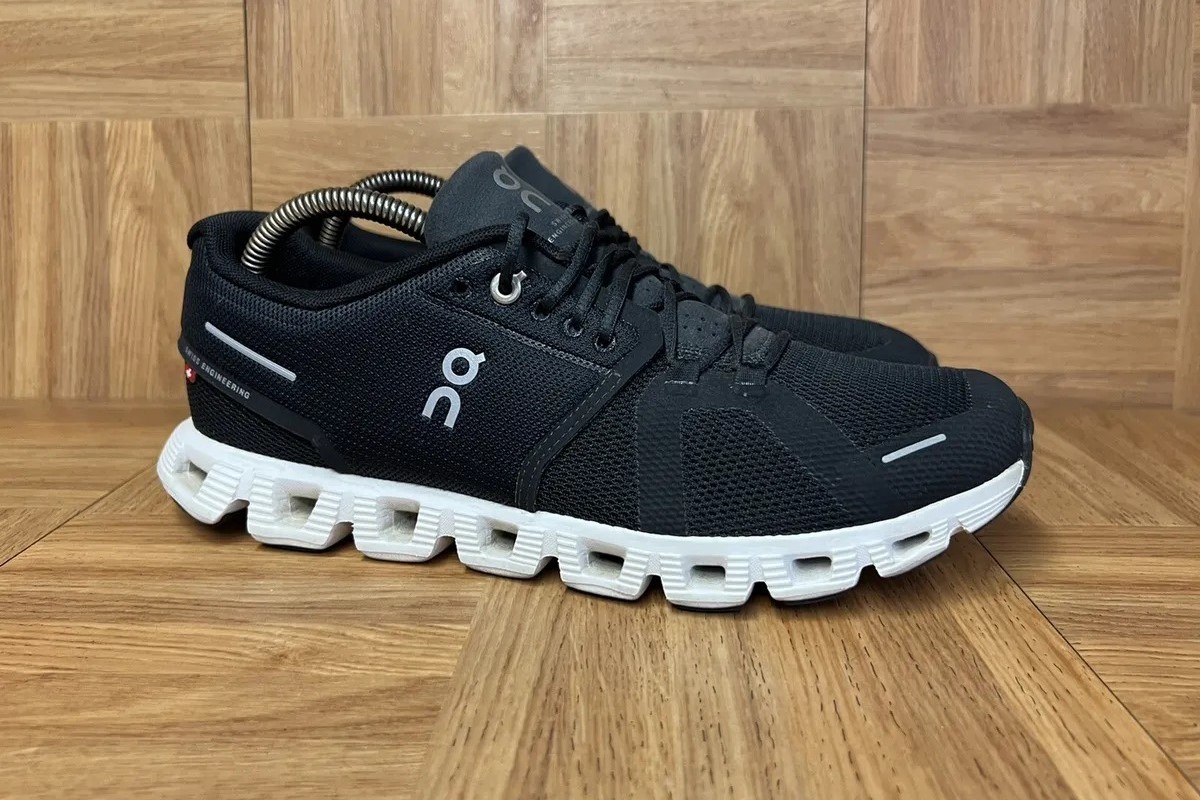Home>Home and Garden>How To Clean A Hairbrush
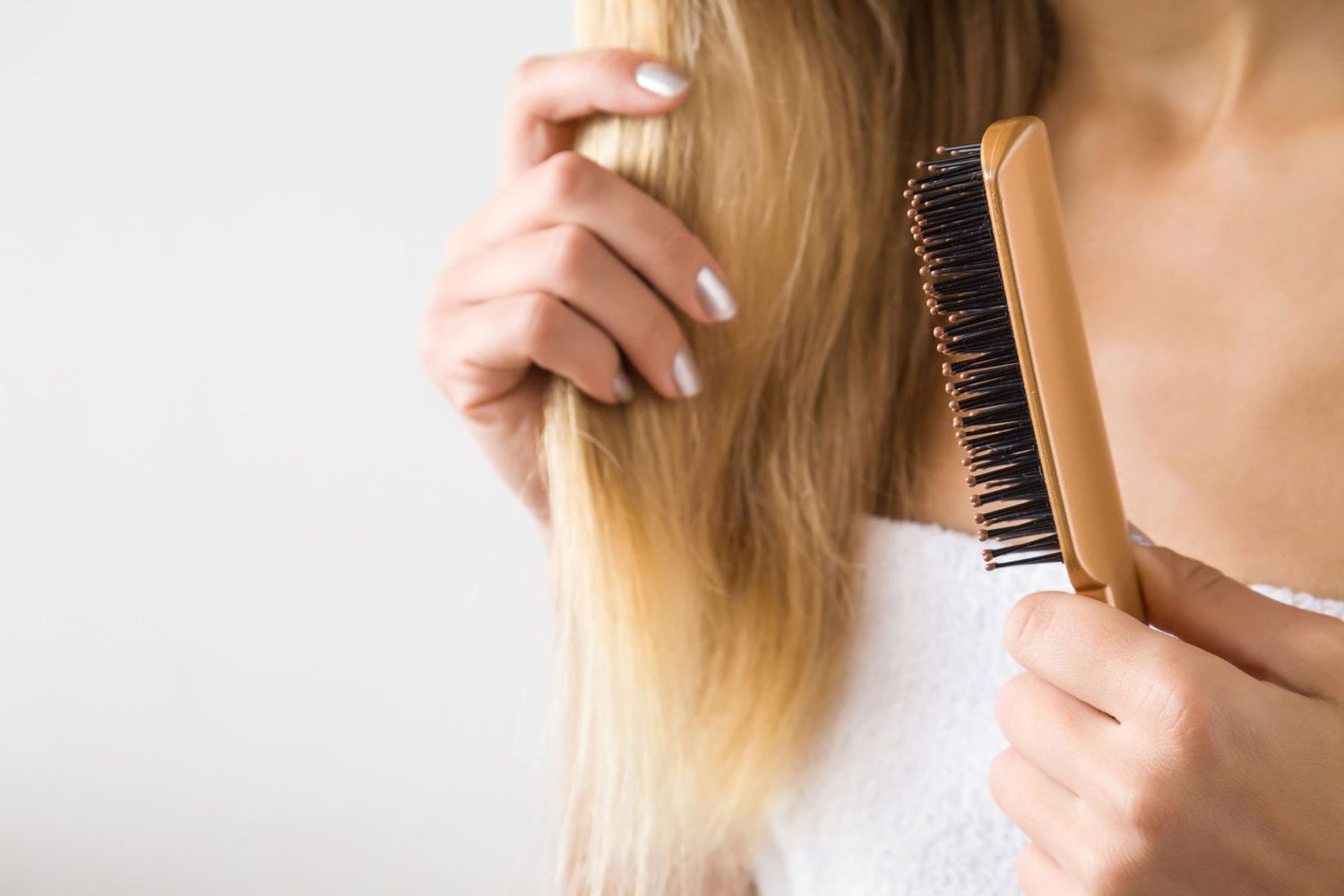

Home and Garden
How To Clean A Hairbrush
Published: March 5, 2024
Learn the best techniques for cleaning your hairbrush at home and keeping it in top condition. Discover simple tips for maintaining your hairbrush in this comprehensive guide. Ideal for home and garden enthusiasts.
(Many of the links in this article redirect to a specific reviewed product. Your purchase of these products through affiliate links helps to generate commission for Noodls.com, at no extra cost. Learn more)
Table of Contents
Introduction
Cleaning a hairbrush is an essential yet often overlooked aspect of personal hygiene and grooming. Over time, hairbrushes accumulate not only hair but also oils, dust, and product buildup, which can compromise their effectiveness and hygiene. By regularly cleaning your hairbrush, you can maintain its functionality, extend its lifespan, and ensure that it remains a hygienic tool for your hair care routine.
A clean hairbrush not only helps to detangle and style your hair more effectively but also prevents the transfer of dirt, oils, and product residue back onto your hair. Additionally, a clean hairbrush promotes scalp health by minimizing the risk of transferring bacteria and fungi from the brush to your scalp.
In this comprehensive guide, we will walk you through the step-by-step process of cleaning your hairbrush effectively. Whether you have a paddle brush, round brush, or any other type of hairbrush, the cleaning techniques outlined in this article are applicable and beneficial for all. By following these simple yet effective methods, you can ensure that your hairbrush remains a reliable tool for maintaining healthy and well-groomed hair.
Now, let's delve into the practical steps for cleaning your hairbrush and rejuvenating it to its optimal condition. Whether you're a hair care enthusiast or simply someone who wants to ensure the cleanliness and functionality of their hairbrush, this guide will equip you with the knowledge and techniques to achieve a clean and revitalized hairbrush.
Step 1: Remove Hair from the Brush
Removing hair from your hairbrush is the first crucial step in the cleaning process. Over time, hair can become entangled in the bristles, diminishing the brush's effectiveness and harboring dirt and oils. Here's how to effectively remove hair from your brush:
-
Use a Comb or Pick: Start by using a wide-toothed comb or a hair pick to gently loosen and lift the hair from the bristles. Insert the comb or pick at the base of the bristles and carefully lift the hair upward to release it from the brush.
-
Pull the Hair: Once the hair is loosened, use your fingers to pull the strands from the bristles. Work methodically, starting from one end of the brush and moving towards the other, ensuring that all the hair is removed.
-
Dispose of the Hair: After removing the hair, dispose of it in a trash bin. Avoid flushing the hair down the sink or toilet, as it can contribute to clogging over time.
-
Inspect the Bristles: Take a moment to inspect the bristles and ensure that all hair has been successfully removed. If there are any stubborn strands remaining, use the comb or pick to gently dislodge them.
By effectively removing the hair from your hairbrush, you pave the way for a thorough cleaning process that will restore the brush to its optimal condition. This initial step sets the stage for the subsequent cleaning procedures, ensuring that your hairbrush is free from debris and ready to be rejuvenated.
Now that the hair has been successfully removed from the brush, we can proceed to the next step in the cleaning process, which involves soaking the brush in soapy water to dislodge oils, dirt, and product buildup from the bristles and base of the brush.
Step 2: Soak the Brush in Soapy Water
After successfully removing the hair from the brush, the next vital step in the cleaning process involves soaking the brush in soapy water. This method effectively dislodges oils, dirt, and product buildup from the bristles and the base of the brush, ensuring a thorough and revitalizing clean.
To begin, prepare a basin or sink with warm water and add a small amount of gentle shampoo or liquid soap. Swirl the water to create a soapy solution, ensuring that the soap is evenly distributed. The warm water and soap work in tandem to break down oils and residues that have accumulated on the brush over time.
Once the soapy solution is ready, submerge the hairbrush in the water, ensuring that the bristles and base are fully immersed. Allow the brush to soak for 15-20 minutes, allowing the soapy water to penetrate and loosen any stubborn buildup.
During the soaking process, you may notice bubbles forming as the soap begins to dissolve oils and residues. This visual indication signifies that the cleaning solution is actively working to dislodge impurities from the brush, preparing it for the next stage of the cleaning process.
While the brush is soaking, you can gently agitate it by swirling it in the water or using your fingers to massage the bristles. This gentle agitation helps to dislodge any remaining debris and ensures that the soapy water reaches all parts of the brush, including the base and bristles.
After the designated soaking time has elapsed, remove the brush from the soapy water and proceed to the next step of the cleaning process. The soaking process effectively prepares the brush for the subsequent cleaning and ensures that oils, dirt, and product residues are loosened and ready to be thoroughly removed.
By soaking the brush in soapy water, you are taking a proactive step towards rejuvenating its cleanliness and functionality. This method sets the foundation for a comprehensive cleaning process, ensuring that your hairbrush is free from impurities and ready to be revitalized for optimal use.
With the brush successfully soaked in soapy water, we can now progress to the next step, which involves scrubbing the bristles to remove any remaining residues and impurities, further enhancing the cleanliness and effectiveness of the hairbrush.
Step 3: Scrub the Bristles
After the hairbrush has been soaked in soapy water, the next crucial step is to scrub the bristles to remove any remaining residues and impurities. This process is essential for thoroughly cleansing the brush and ensuring that it is free from buildup that can compromise its functionality and hygiene.
To begin, prepare a clean toothbrush or a dedicated hairbrush cleaning tool. The bristles of the toothbrush should be soft to avoid causing damage to the hairbrush bristles. If using a dedicated cleaning tool, ensure that it is specifically designed for cleaning hairbrushes and has gentle bristles that can effectively dislodge residues without causing damage.
With the cleaning tool in hand, gently scrub the bristles of the hairbrush, working in small sections to ensure thorough coverage. Use gentle circular motions to dislodge any remaining debris, oils, and product residues that may be clinging to the bristles. Pay particular attention to the base of the bristles and the areas where hair and residues tend to accumulate.
As you scrub, you may notice the remnants of buildup being lifted from the bristles, indicating that the cleaning process is effectively removing impurities. Continue to work methodically, ensuring that all bristles are thoroughly scrubbed to achieve a comprehensive clean.
If necessary, you can dip the cleaning tool in the soapy water solution to replenish the cleaning agent and facilitate the removal of stubborn residues. This ensures that the cleaning process remains effective and that all impurities are successfully dislodged from the bristles.
After thoroughly scrubbing the bristles, rinse the hairbrush under running water to remove the dislodged residues and ensure that the bristles are clean and free from any remaining soap or debris. Gently shake the brush to remove excess water, and use a clean towel to pat the bristles and base dry.
By scrubbing the bristles, you are actively removing any lingering residues and impurities, ensuring that your hairbrush is revitalized and ready for use. This step significantly contributes to the overall cleanliness and functionality of the brush, promoting effective hair care and grooming.
With the bristles thoroughly scrubbed and the brush rinsed and dried, you have successfully completed the essential steps for cleaning your hairbrush. This comprehensive process ensures that your hairbrush is free from debris, oils, and product residues, allowing you to enjoy the benefits of a clean and revitalized tool for your hair care routine.
Step 4: Rinse and Dry the Brush
After the thorough scrubbing of the bristles, the next vital step in the hairbrush cleaning process is to rinse and dry the brush effectively. This final stage ensures that the brush is completely free from any remaining soap, debris, and moisture, allowing it to be fully rejuvenated and ready for use.
To begin the rinsing process, hold the hairbrush under running water, ensuring that the water temperature is comfortably warm. Allow the water to flow over the bristles, ensuring that all traces of the soapy water and dislodged residues are thoroughly rinsed away. Use your fingers to gently comb through the bristles, ensuring that any remaining debris is washed away.
As you rinse the brush, visually inspect the bristles to ensure that they are clean and free from any lingering residues. If necessary, you can use the gentle flow of water to dislodge any stubborn remnants, ensuring that the bristles are completely clean and revitalized.
Once the rinsing process is complete, gently shake the brush to remove excess water. Ensure that the bristles are free from any trapped moisture, as lingering dampness can lead to the growth of mold and mildew. To expedite the drying process, use a clean towel to pat the bristles and base of the brush, absorbing any remaining moisture and promoting thorough drying.
After patting the brush dry, place it in a well-ventilated area to air dry completely. Ensure that the brush is positioned with the bristles facing downward to allow any remaining moisture to drain away from the base. Avoid placing the brush in an enclosed space or container while it is still damp, as this can create a breeding ground for mold and mildew.
Throughout the drying process, periodically check the brush to ensure that it is drying effectively and that no moisture is trapped within the bristles or base. Depending on the climate and humidity levels, the drying time may vary, but ensuring that the brush is completely dry is essential for maintaining its cleanliness and functionality.
Once the brush is thoroughly dry, run a clean comb through the bristles to ensure that they are free from any stiffness or residue. This final step ensures that the bristles are in optimal condition, ready to effectively detangle and style your hair without any impediments.
By effectively rinsing and drying the brush, you complete the comprehensive cleaning process, ensuring that your hairbrush is revitalized and ready for use. This final stage promotes the longevity and hygiene of the brush, allowing you to enjoy the benefits of a clean and rejuvenated tool for your hair care routine.
Conclusion
In conclusion, the process of cleaning a hairbrush is a simple yet essential practice that contributes to both personal hygiene and the longevity of the hairbrush itself. By following the step-by-step guide outlined in this article, you can effectively maintain the cleanliness and functionality of your hairbrush, ensuring that it remains a reliable tool for your hair care routine.
Regularly removing hair from the brush, soaking it in soapy water, scrubbing the bristles, and thoroughly rinsing and drying the brush are fundamental steps that collectively rejuvenate the hairbrush, eliminating oils, dirt, and product residues that can compromise its effectiveness and hygiene.
A clean hairbrush not only promotes scalp health by minimizing the risk of transferring bacteria and fungi but also enhances the overall quality of your hair care routine. With a clean brush, you can detangle and style your hair more effectively, ensuring that you achieve the desired results without the hindrance of debris or residues.
Furthermore, maintaining a clean hairbrush contributes to the overall cleanliness and health of your hair. By preventing the transfer of dirt, oils, and product residue back onto your hair, you can ensure that your hair remains free from impurities, promoting its natural luster and vitality.
In addition to the practical benefits, the act of cleaning your hairbrush can be a mindful and rejuvenating practice. Taking the time to care for your hairbrush not only extends its lifespan but also fosters a sense of personal care and attention to detail in your grooming routine.
By incorporating the cleaning of your hairbrush into your regular maintenance habits, you can enjoy the long-term benefits of a clean and revitalized tool for your hair care needs. Whether you have a paddle brush, round brush, or any other type of hairbrush, the techniques outlined in this guide are universally applicable, ensuring that you can effectively maintain the cleanliness and functionality of your hairbrush regardless of its design.
In essence, the process of cleaning a hairbrush is a small yet impactful practice that contributes to both personal hygiene and the overall quality of your hair care routine. By following the steps outlined in this guide, you can ensure that your hairbrush remains a reliable and hygienic tool, promoting the health and vitality of your hair while enhancing your grooming experience.


